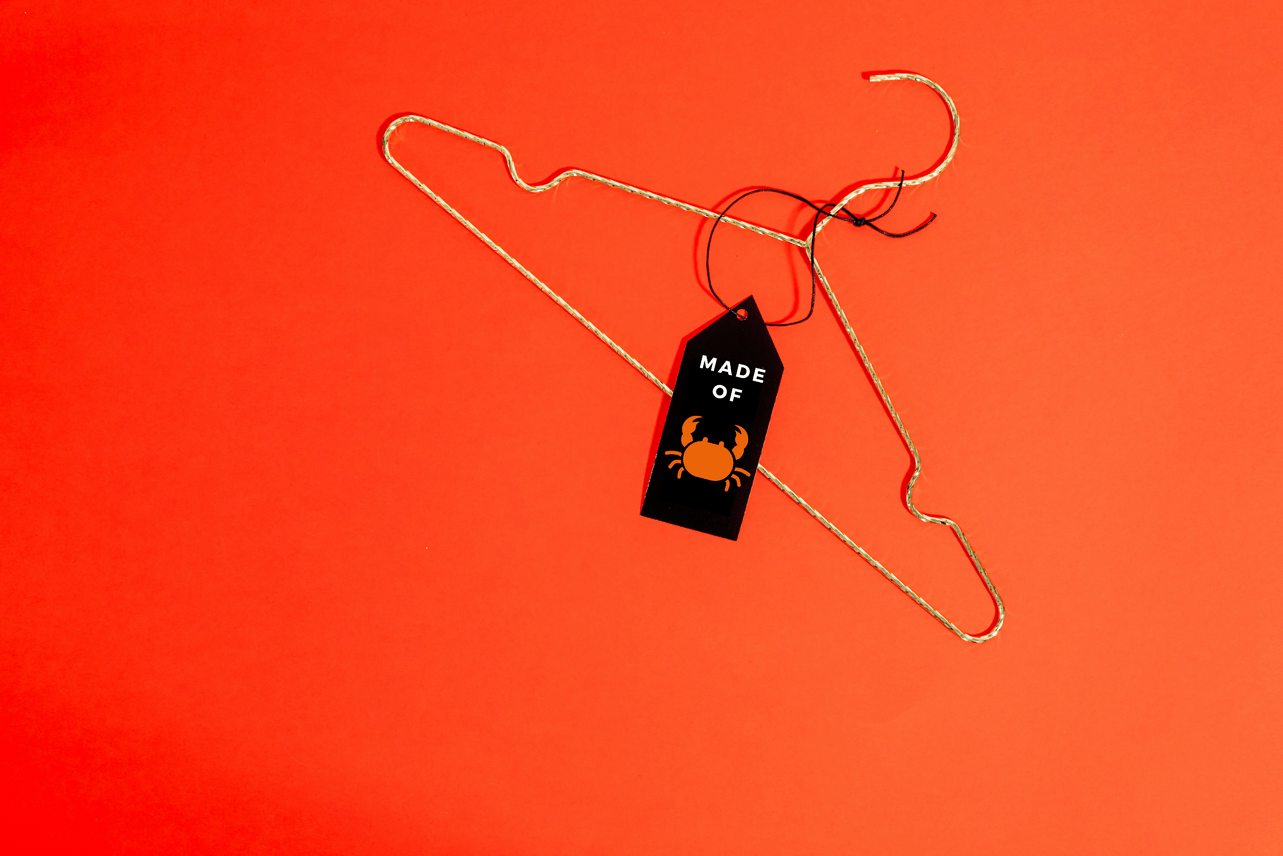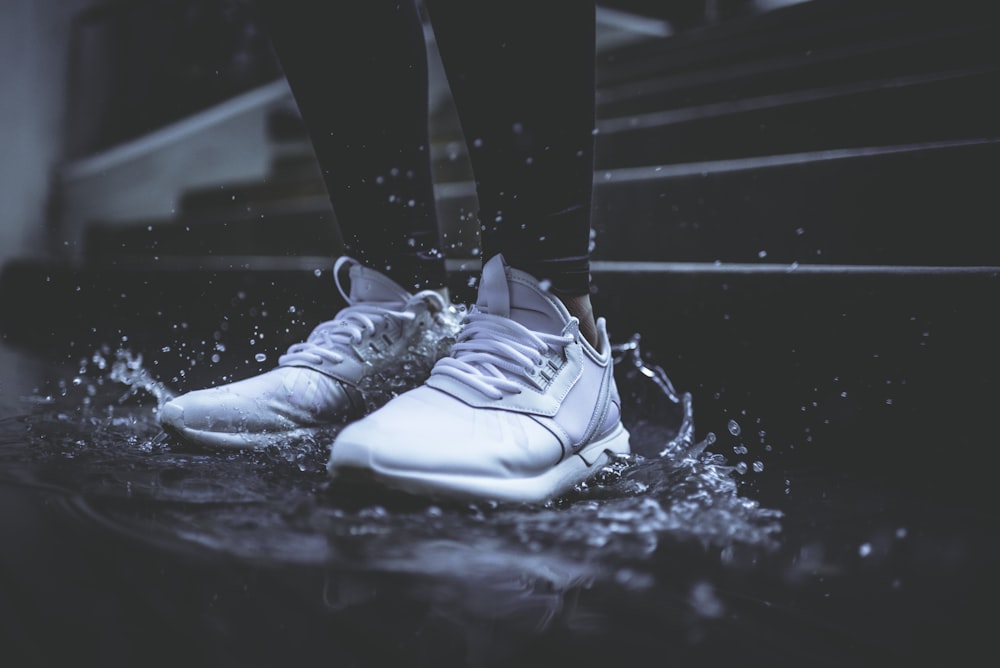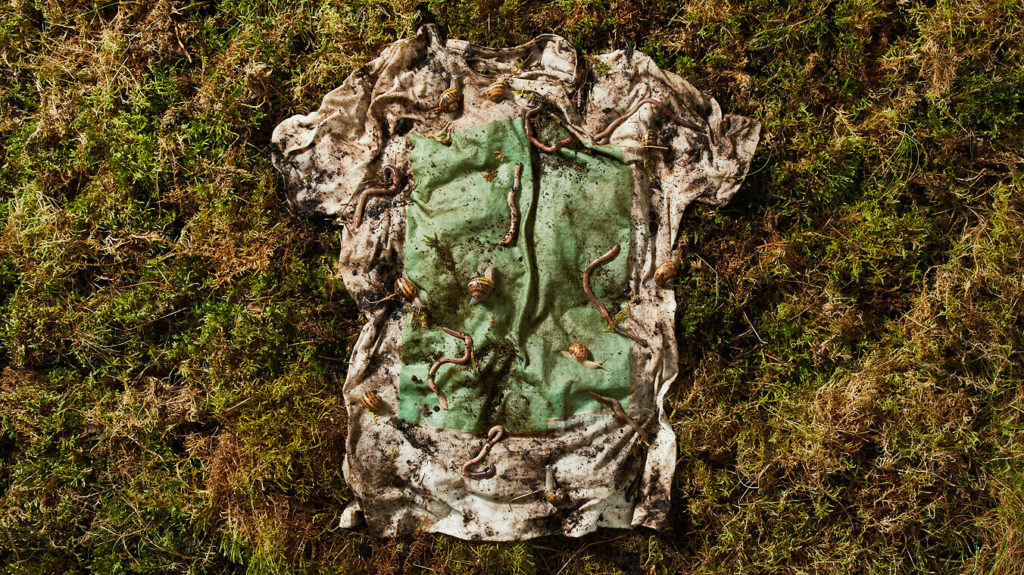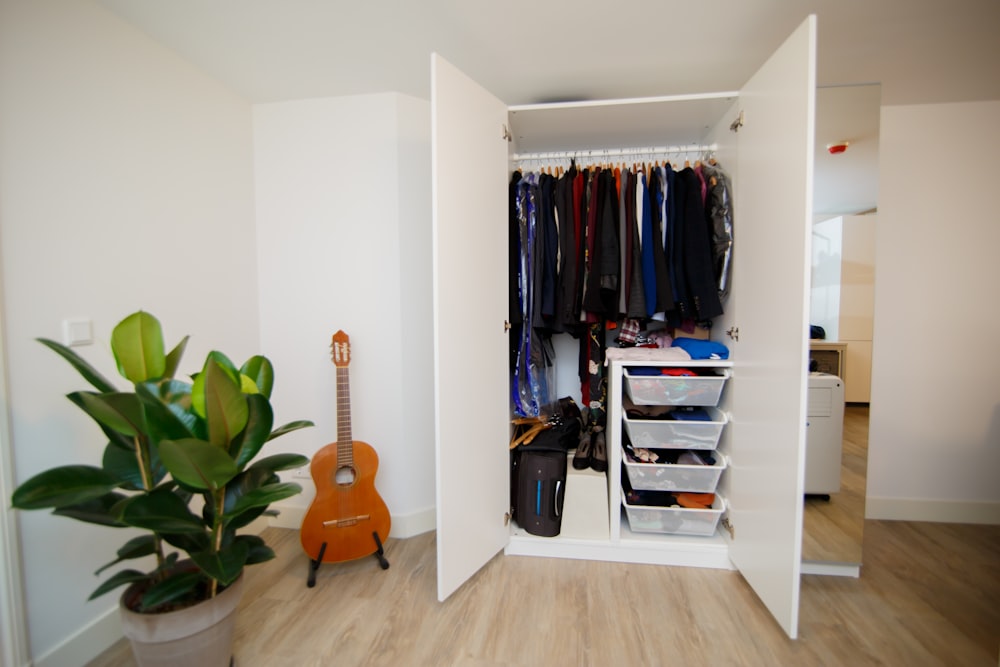Crabs in the closet? Allbirds new apparel uses recycled crab shells

Allbirds recently unveiled an innovative line of upcoming apparel — made partly from recycled crab shells! Don’t worry, no crabs were harmed in the making of Allbirds’ new t-shirts, sweaters, and puffer jackets. The retailer is repurposing waste from the seafood industry by sourcing Canadian snow crab shells. Repurposing existing waste into new materials is a strategy that many brands in the fashion industry — Allbirds in particular — are using to minimize their impact on the environment.
Allbirds is best known for their eco-friendly footwear, so this move into apparel is uncharted waters for them; but the brand is still committed to using materials with a minimal carbon footprint. Their signature “TrinoXO” yarn is composed of responsibly-sourced eucalyptus & Merino wool, plus the discarded crab shells; which contain a substance called chitosan that gives their apparel added anti-microbial properties. This means more time between loads of laundry. This means less work for the consumer, and less energy wasted in the long run. Crab shells are also a natural alternative to traditional anti-microbial add-ons, like Silver and Zinc. The result is a low-maintenance and low-impact material. It significantly decreases the carbon footprint of Allbirds’ garments: Specifically, their TrinoXO t-shirt has a carbon footprint 20% less than traditional polyester t-shirts.

The Benefits of Biodegradable Apparel
This idea of using biodegradable materials in clothing isn’t a modern concept. Shoutout to prehistoric Neanderthals using animal pelts to keep warm. Thanks to the modern consumer’s increased concern for environmental issues, more brands are getting on board with more sustainable manufacturing methods.
For example, sustainable brand Pangaia creates wardrobe essentials from naturally-occurring seaweed fibers. Turns out the slimy stuff isn’t just a nuisance at the beach; it’s also a useful (and abundant) material that helps brands like Pangaia avoid excessive use of less sustainable resources. Similar to Allbirds’ new apparel line, Pangaia’s garments have a peppermint oil treatment to avoid excessive washing. The brand also invented “FLWRDWN”, a patented alternative to animal down. Made from dried wildflowers, this material allows Pangaia to produce warm jackets without involving any animals and/or synthetic materials. It’s also great news for vegans!
Similar to seaweed, algae is also a popular choice for manufacturing biodegradable textiles. Groundbreaking brand Vollebak made headlines in 2018 when they created a t-shirt that biodegrades in just 12 weeks using algae and plant fiber. Algae is an amazingly sustainable material for apparel production. It’s strong & flexible, it breaks down much faster than cotton, and it’s incredibly easy to grow. Textile experts have been experimenting with growing clothing through bioengineering algae and other bacteria. Many think that this could be the future of fashion. Theanne Schiros, professor at Fashion Institute of Technology (F.I.T.), says:
“Besides being biodegradable, another major benefit… is that many of the organisms involved can be grown to fit molds. Producing the precise amount of textile needed to create an article of clothing without generating excess material to discard.”

How to revamp your closet in planet-friendly fashion
Despite these recent (and important) advances in biodegradable apparel, the vast majority of clothing is still made of traditional textiles. Most of which take decades or even centuries to break down. The fashion industry has a gigantic waste problem, with the U.S. alone producing 25 billion pounds of clothing waste annually; and a big part of this problem is overconsumption by consumers.
Good news: You don’t have to grow your own algae to make your wardrobe more eco-friendly. In fact, the most sustainable option is making use of what you already have! It’s important to seek out sustainable brands when you’re buying something you truly need, but some of these brands aren’t ideal if you’re on a budget. So, here are some ways to reassess and revamp your existing wardrobe.

Take a full inventory.
Go over each item in your closet, asking yourself: When did I last wear this? Do I really love this item? Do I really need this item? If you own something that you love, but it doesn’t fit quite right, seek out a local tailor! If the item is in good condition, this can significantly lengthen the life of a garment.
Give your unwanted clothes a new home
Consider selling your unwanted items on platforms like Poshmark and Depop, or donating them. A smaller closet means less clothes and more opportunity to wear the pieces you own. Just don’t let those clothes end up in a landfill!
Reorganize your existing wardrobe.
Color-code, switch drawers, hang pants, etc. Making your closet look visibly different will make it feel like a whole new wardrobe, without you purchasing new items you don’t need.
Make a list of things you truly do and don’t need.
Keep yourself from making unnecessary purchases, by writing down what you already own a lot of (jeans, cardigans, etc.) and what you think your closet needs (solid tops for layering, a good pair of business casual pants, etc.).
Fashion Is Evolving
Of course, it’s unrealistic to expect that you’ll never buy any clothing again. Fashion is how many of us express ourselves, and it certainly feels satisfying to buy a new piece of clothing — but considering fashion’s impact on the planet, wouldn’t it feel even better to buy something that doesn’t leave a permanent stain on the environment? The foundation of the fashion industry is finally changing. Many fashion executives and consumers alike are realizing that what we need is not more things, but better things; and biodegradable apparel is a big push in that direction. To learn more about being a conscious consumer, check out this Planet Home article on the fashion industry’s environmental impact.


Leave a Reply